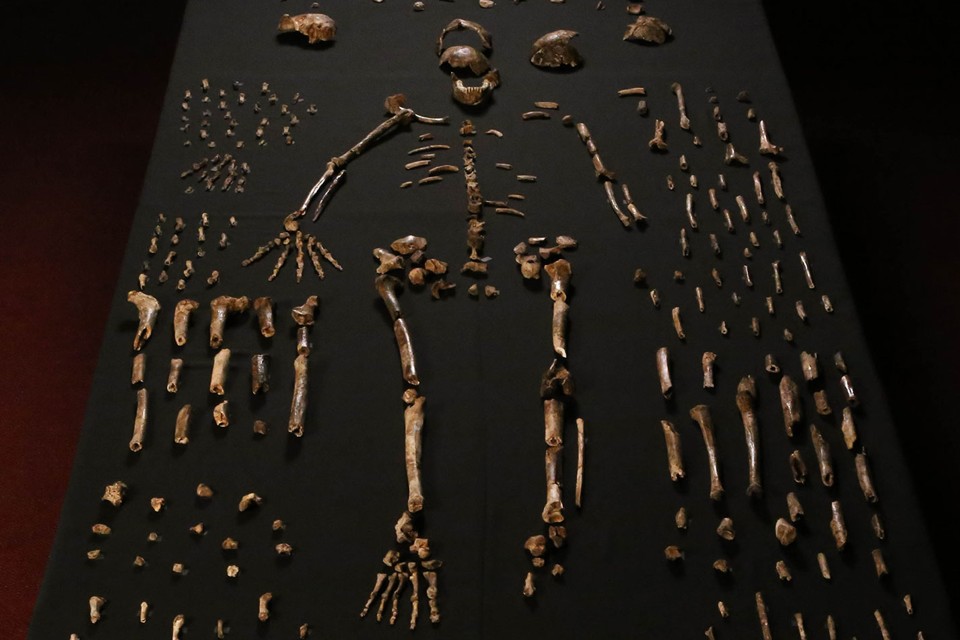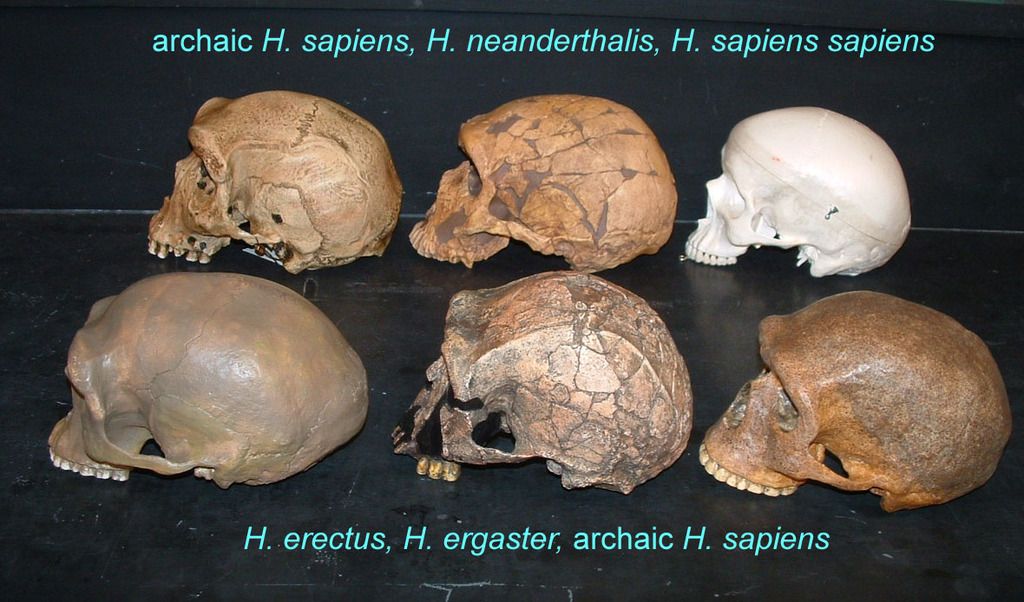brother Paul
Member
Well I have another question about the head….first look carefully at the arranged display of what we actually found…
http://www.theatlantic.com/health/archive/2015/09/homo-naledi-rising-star-cave-hominin/404362/
In the actual fossils I do see any semblance of a distinct sagittal crest (not saying Neladi may not have had one, but it so pronounced when one looks at the cast? It even looks filed). Why is it a part of the cast as if part of the actual fossil?
Here is an optional view…
http://www.techinsider.io/new-human-ancestor-homo-naledi-hominin-discovered-2015-9
See what I mean? The skull shown in pictures appear to have been fabricated! Why?
http://www.theatlantic.com/health/archive/2015/09/homo-naledi-rising-star-cave-hominin/404362/
In the actual fossils I do see any semblance of a distinct sagittal crest (not saying Neladi may not have had one, but it so pronounced when one looks at the cast? It even looks filed). Why is it a part of the cast as if part of the actual fossil?
Here is an optional view…
http://www.techinsider.io/new-human-ancestor-homo-naledi-hominin-discovered-2015-9
See what I mean? The skull shown in pictures appear to have been fabricated! Why?



